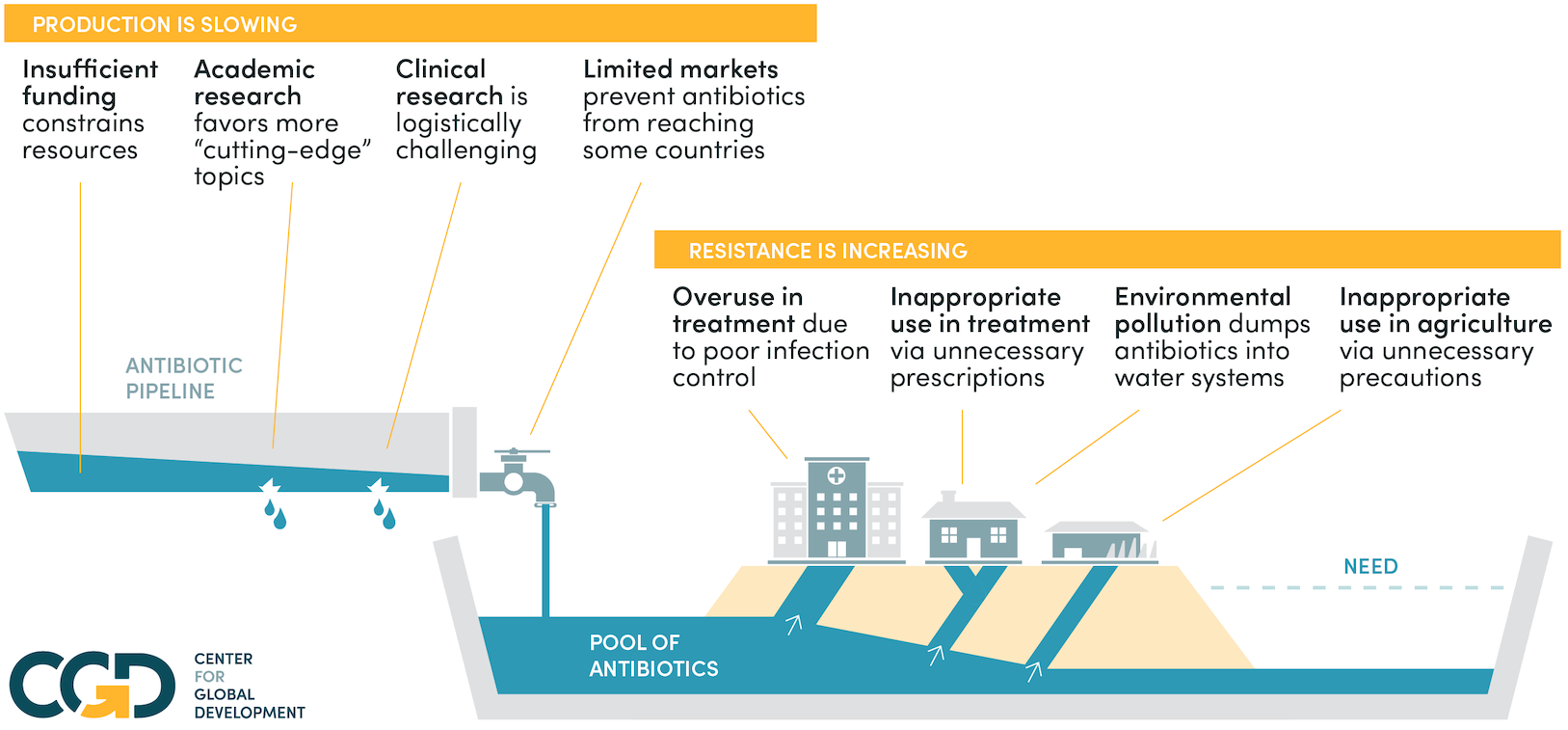Somewhere in the cross-oceanic battle over where doctors and nurses are allowed to work, I saw a rather pathetic cartoon: a bunch of little paper dolls with stethoscopes and nurses caps being suspended along a rope traversing half the globe – they were each hanging from their own little noose. Behind this story, real people are indeed victims, and the world is treating them like two-dimensional dolls.In spite of what is now an abundance of reports, calls to action, inquiries, and task forces on the subject of human resources in health, we seem to be no closer to solving the fundamental problem: how to match supply and demand of health workers? Just last week, I was at a Gates Foundation conference on malaria vector control and the question was put to the entire group: how to meet human resource needs in health? No-one had a ready answer, including, I hasten to add, moi-meme.My colleague, Michael Clemens, is passionate about this topic. He has posted frequently and eloquently on this blog and CGD's Views from the Center about it. His bottom line:
There is no scientific evidence that restricting their [developing country professionals] movement by force can meaningfully affect the health problems devastating many poor countries.
Take a look at Michael's recent post on Congress' actions to allow more
foreign nurses into the U.S. for some startling comparisons about what the same health worker can make in the U.S. compared to staying in her own country. Then think again about how to achieve better health and development globally. It's not easy.
CGD blog posts reflect the views of the authors, drawing on prior research and experience in their areas of expertise.
CGD is a nonpartisan, independent organization and does not take institutional positions.





